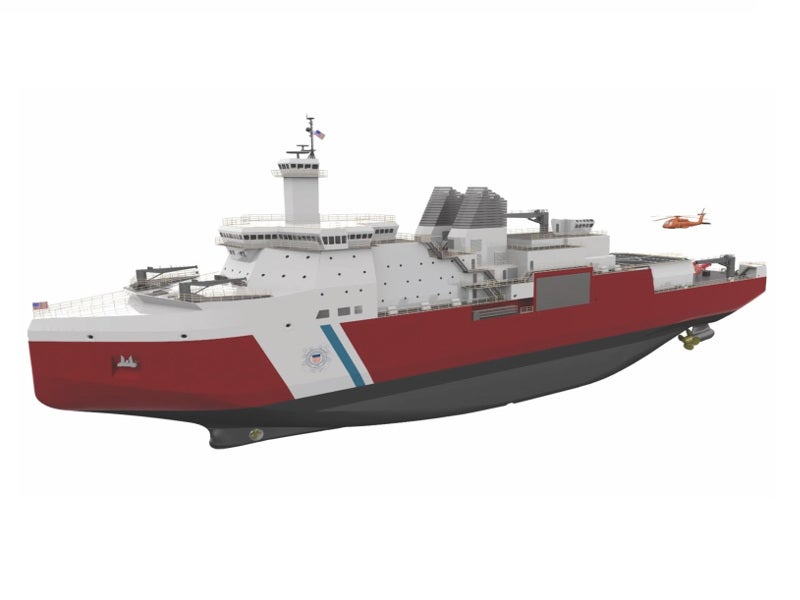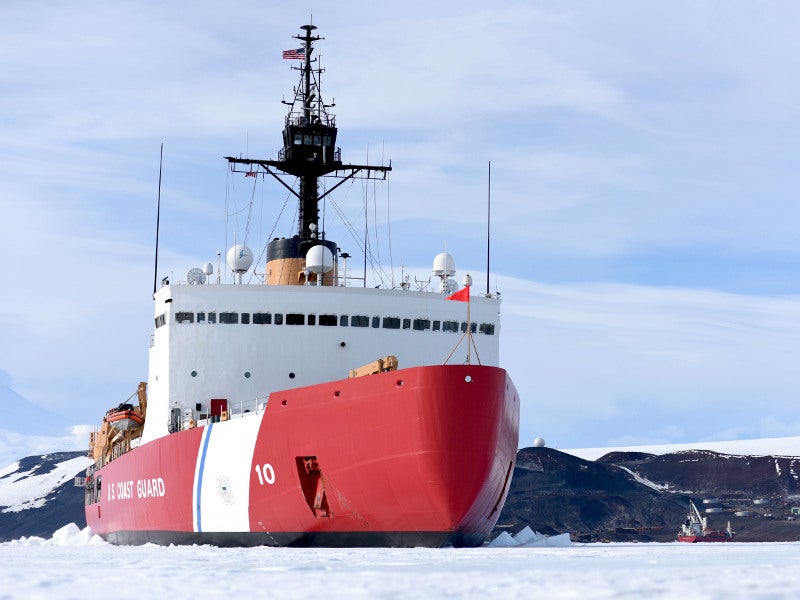The Polar Security Cutter (PSC) programme involves the construction of a series of icebreakers for the US Coast Guard (USCG) to replace its ageing fleet of icebreakers. VT Halter Marine will build the new PSCs at its Pascagoula shipyard.
The polar security cutters will provide continued access to polar regions and support the transport of goods and personnel required for scientific research, national security and maritime safety missions.
Construction of the new vessel is expected to begin in 2021, while delivery is planned in 2024.
USCG’s polar security cutter development details
The new icebreakers will be built under a programme managed by the PSC integrated programme office (IPO). The multi-year Department of Homeland Security Level 1 investment currently supports the acquisition of three multi-mission PSCs.
USCG requires six icebreakers, which will provide year-round access to the polar regions. The fleet will be composed of three heavy and three medium-class icebreakers.
The first polar cutter vessel will replace the 43-year old Polar Star, which serves the National Science Foundation’s McMurdo Station in Antarctica.
Managed by the US Navy and the UACG, the PSC IPO released a request for proposal for the detailed design and construction of up to three icebreakers in March 2018.
The Department of Homeland Security recognised the PSC IPO as the major acquisition programme in July 2019.
The PSC programme secured $359.6m in funding through FY2018 budget allocations, including $300m from the Navy’s shipbuilding account and $59.6m through the Coast Guard’s procurement account. It also received $675m through FY2019 DHS Appropriations Act.
Polar security cutter design and features
PSC will feature a proven Polar Class 2 hull design. It will have a length of 140.2m, beam of 26.8m and full load displacement of 22,900t. It will have the capacity to accommodate 186 members and have an endurance of 90 days.
The vessel will be able to conduct a range of operations, including search-and-rescue, maritime law enforcement, environmental response and national defence missions. It will offer flexible mission and aft working space.
The patrol cutter will feature a large flight deck to accommodate helicopters and will have configurable workspaces. It will offer significant weight margins to support future upgrades.
The vessel can break up to 8ft-thick ice, while its icebreaking capabilities will exceed threshold requirements. It will feature a damage control deck, which will be positioned 51ft above baseline. All the crew members will be able to move around the ship without being exposed to the cold weather.
Propulsion details
The PSC will be powered by a diesel-electric propulsion system, which develops a power output of 45,200hp.
The propulsion system will also integrate two proven ABB Azipod drives, a shafted centreline propeller and three redundant generator sets. It will enhance power flexibility and optimise fuel consumption.
Contractors involved
VT Halter Marine received a $745.9m contract from the US Navy and the USCG through the IPO for the design and construction of the polar security cutters in April 2019.
The fixed-price incentive contract includes an option for building two additional vessels, which will increase the contract value to $1.94bn. The second and third vessel will be delivered in 2025 and 2027 respectively.
VT Halter Marine collaborated with ABB/Trident Marine for Azipod propulsion system, Raytheon for command and control systems, Caterpillar for main engines, Jamestown Metal Marine for joiner package and Bronswerk for heating, ventilation and air conditioning (HVAC) system.
Technology Associates, naval architecture and marine engineering services provider, is the designer of the icebreaking vessel.




